This website uses cookies so that we can provide you with the best user experience possible. Cookie information is stored in your browser and performs functions such as recognising you when you return to our website and helping our team to understand which sections of the website you find most interesting and useful.
Znob-Novhorodske community
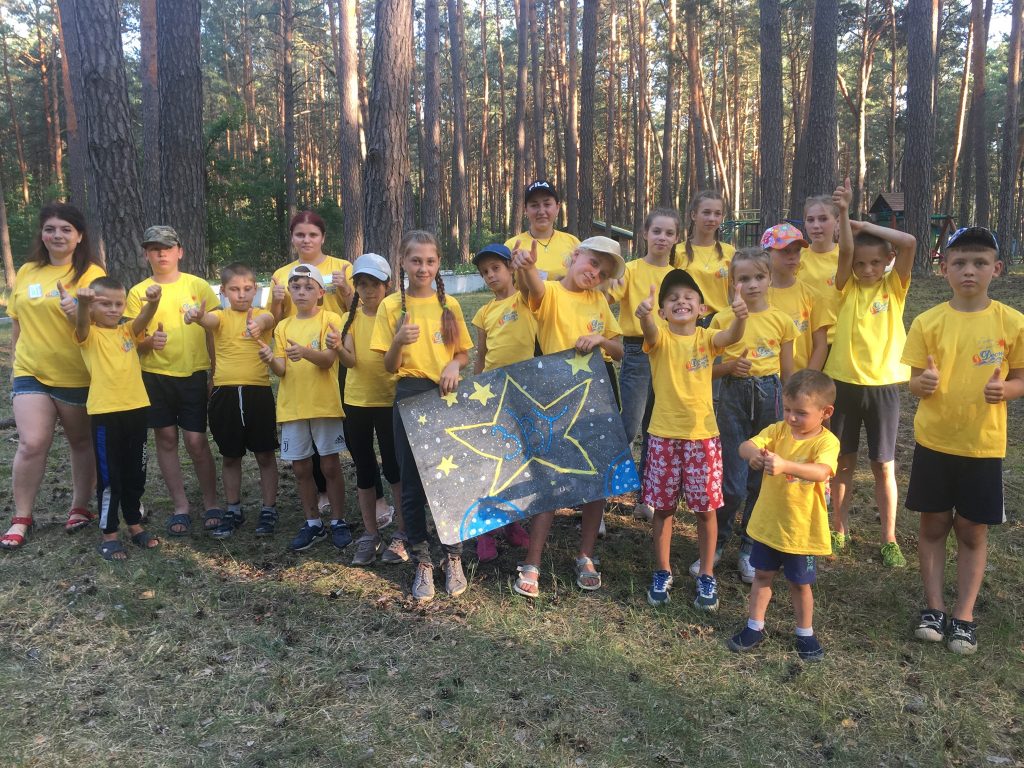
Population – 4655
Women – 2560
Men – 2095
Children under 18 – 470
Pensioners – 879
Persons with disabilities – 314
Internally displaced persons – 258
The Znob-Novgorodske community includes 29 settlements.

History
The community is located on the Znobivka river in the north of Sumy region.
It borders the Bryansk region of the Russian Federation.
The ancient Neolithic settlements were discovered here in the vicinity of the Desna, the Sviga and the Znoba rivers. The modern age settlement had appeared here before the Mongol-Tatar invasion. In the XVI century cossacks and peasants fleeing the oppression of Polish lords found safe haven here.
During World War II, the village was invaded by the Nazis. 740 households were burned down in Znob-Novgorodske during the invasion.

Desna-Starohutskyi National Nature Park
Desna-Starohutskyi National Nature Park is a true pearl of the community. The area of the park is more than 16 thousand hectares. The park has been participating in the Man and the Biosphere UNESCO Program since 2009.
One can see a symbol of the park – the boreal owl (Aegolius funereus), and many other rare and endangered European species of birds and animals, while walking along its forest paths typical of Ukrainian Polissya.
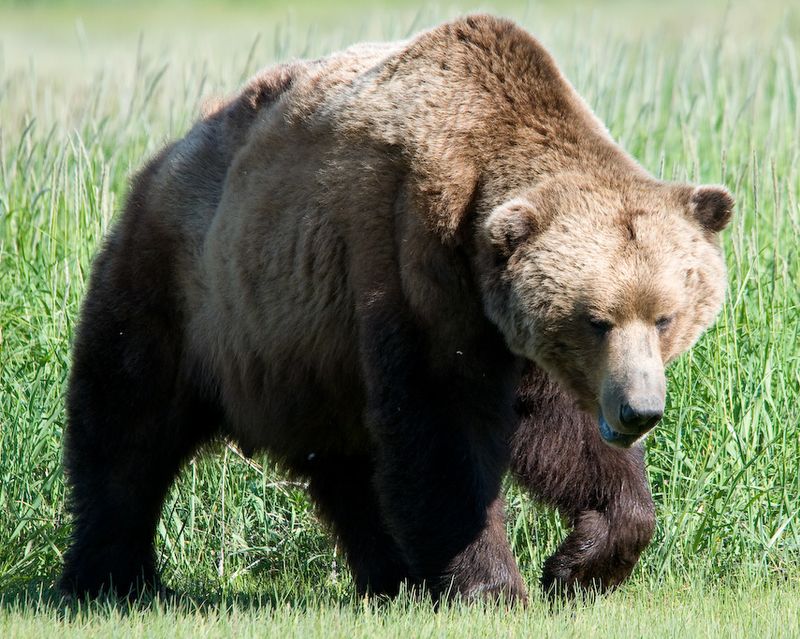

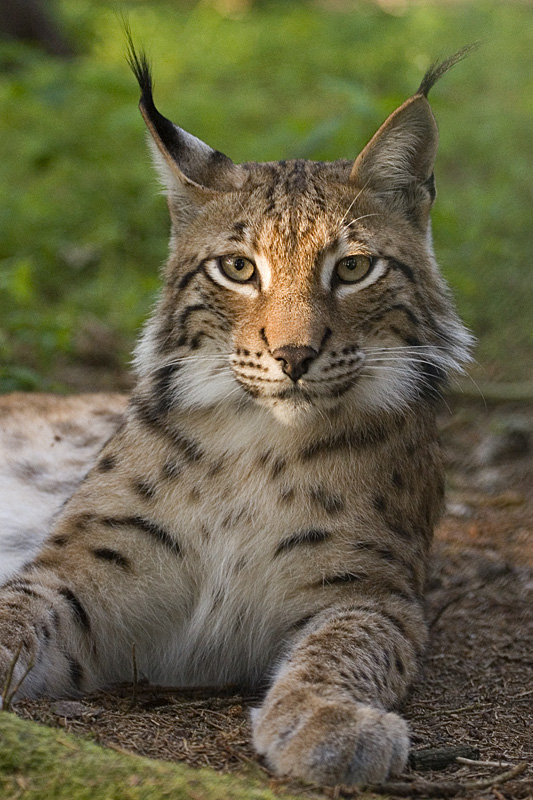
Economic development of the community
Agriculture is the most developed sector of the local economy. There are 23 enterprises and 4 farms working in agriculture. Agrarian Lyceum in Znob – Novgorodske provides specialists for the industry.
The local residents are also involved in beekeeping. The Wild Honey Eco-Festival is held in the community every year.

Community and the War
The Russian occupational troops did not enter the community, neither did the active hostilities take place here.
But since February 28, the community has sheltered residents of the neighboring communities fleeing Russian shelling. For the majority of the internally displaced, the Znob-Novgorodske community was a transit point. Therefore, the volunteer movement was established to support the IDPs.
About 250 IDPs stayed in the community. A humanitarian headquarters, which raised relief items, food products and medicines for IDPs and the socially unprotected.
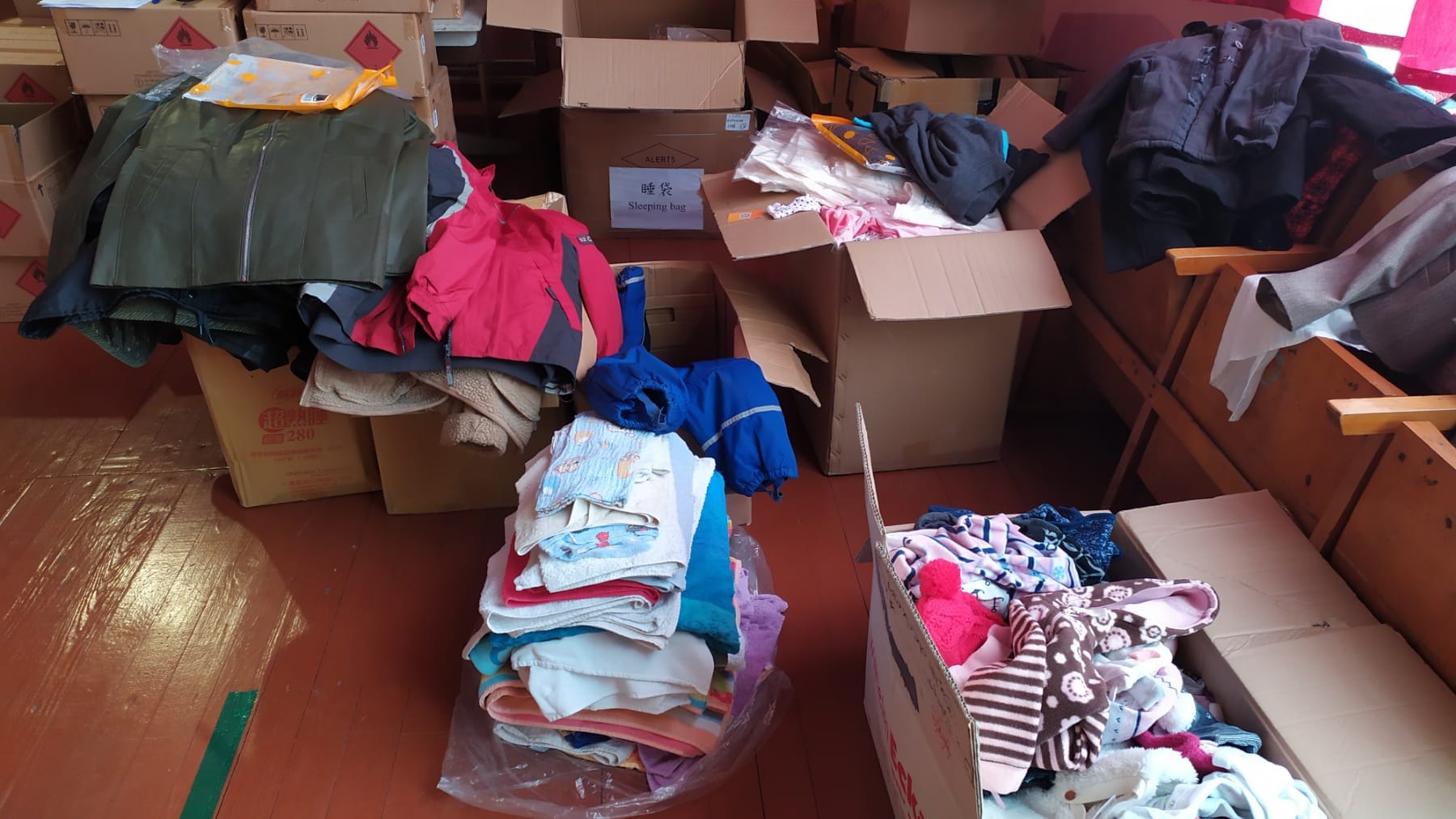
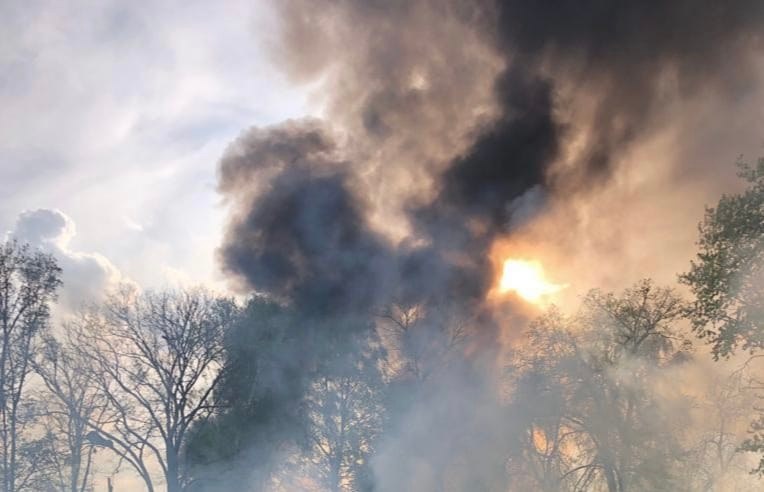
The area where the community is located is constantly shelled by enemy artillery. Air alarms sound several times a day.
The residents of the community have been living in constant psychological stress and danger of active hostilities for over two and a half months due to the close vicinity of the border with the Russian Federation.
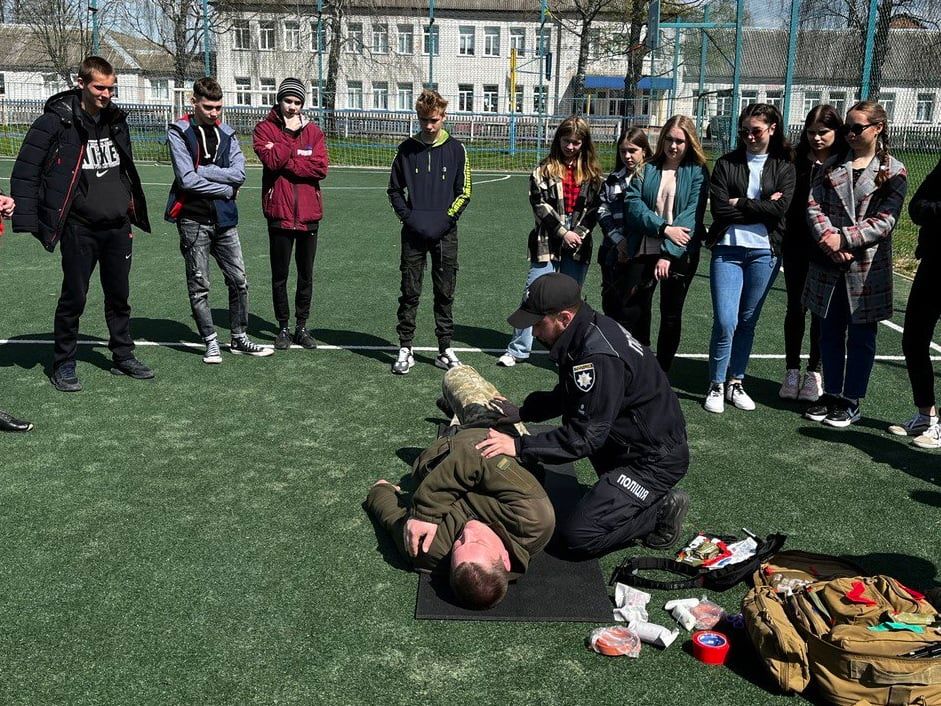
Local governance
Peter Honcharov has been elected a community head for the 2nd term. From the first days of the war, he ensured the proper functioning of the community and helped the volunteer movement. He is always sensible and level headed.


The vision of future
Znob-Novgorodske community has adopted a strategy of community development.
Among its main priorities there are:
- creation of a cooperative for processing plant products (drying of berries, mushrooms, herbs);
Thus, environmentally friendly products with added value can be produced in the community.
- building of a flax processing plant;
The community plans to develop a closed production cycle for flax processing, including environmentally friendly linen production.
- development of tourism and creation of the tourism cluster around the national nature park in the community.
Sources:
- Shostka Internet portal. INFO
- Website of Znob – Novgorodske Agrarian Lyceum
- Site Znob – Novgorodske community
- FB page of Znob – Novgorodske community
- Wikipedia
- Interviews with community representatives
